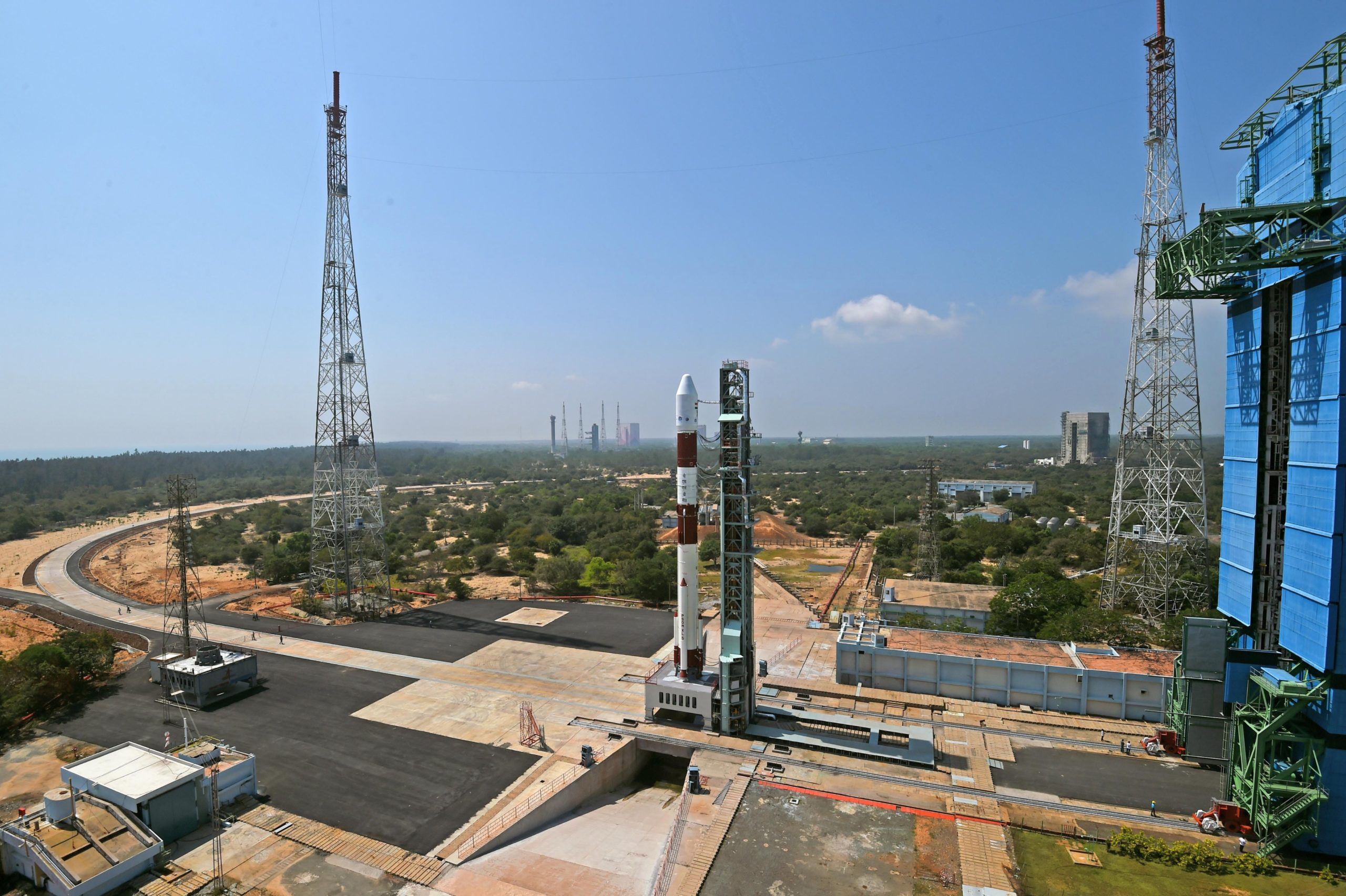
Bij https://uwkamagrakopen.com/ bestelt u altijd de originele Kamagra van Ajanta…
The PSLV C51 lifts off from the launchpad in Sriharikota. Photo: ISRO.
Sriharikota: India’s rocket PSLV C-51 carrying Amazonia-1 of Brazil and 18 other satellites blasted off from this spaceport on Sunday, in the first mission of the year for ISRO.
At the end of a nearly -26hour countdown, the Polar Satellite Launch Vehicle PSLV-C51 lifted off from the first launch pad of the Satish Dhawan Space Centre (SHAR), over 100 km from Chennai, at around 10.24 am.
Amazonia-1, the primary satellite, is expected to be injected into orbit about 18 minutes after lift-off while the 18 co-passenger payloads, including one from Chennai-based Space Kidz India (SKI), also engraved with a picture of Prime Minister Narendra Modi, would be launched over the next two hours.
“This is to show solidarity and gratitude for his (PM’s) Aatma Nirbhar initiative and space privatisation,” said SKI, which is also sending up “Bhagavad Gita” in SD (secured digital) card.
It’s also a big day for Bengaluru-headquartered ISRO’s commercial arm NewSpace India Limited (NSIL).
PSLV-C51/Amazonia-1 is the first dedicated commercial mission of NSIL, which is undertaking it under a commercial arrangement with Seattle, US-based satellite ride-share and mission management provider, Spaceflight Inc.
“We are very proud to launch the first Brazilian-built satellite,” chairman and managing director of NSIL, G. Narayanan, told PTI.

The 637-kg Amazonia-1, which will be the first Brazilian satellite to be launched from India, is the optical Earth-observation satellite of National Institute for Space Research (INPE).
“This satellite would further strengthen the existing structure by providing remote sensing data to users for monitoring deforestation in the Amazon region and analysis of diversified agriculture across the Brazilian territory,” an ISRO statement said.
In view of the strict COVID-19 pandemic norms in place at SDSC SHAR, Sriharikota, gathering of media personnel is not planned there and the launch viewing gallery was closed. The live telecast of the launch was available on the ISRO website and on its Youtube, Facebook and Twitter channels.
The 18 co-passenger satellites are: four from ISRO’s Indian National Space Promotion and Authorisation Centre (three UNITY sats from consortium of three Indian academic institutes and the SD SAT from SKI) and 14 from NSIL.
SKI will also be sending 25,000 names on board SD SAT. “When we finalised the mission, we had asked people to send the names that will be sent to space,” an SKI official said.

